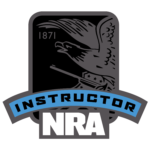Front Sight Focus
Oct 18, 2021 // By:admin // No Comment
When it comes to improving shot grouping, accuracy, and consistency, the first thing is your foundational set of 5 skills:
- Aiming control
- sight alignment
- sight picture
- trigger control
- hold control
- breath control
- follow through
1 and 2 (aiming and trigger control) are the most important of all five skills.
What I want to talk about today is an additional facet of aiming that does not start with alignment
but results in better alignment …
your depth of field and your focal point.
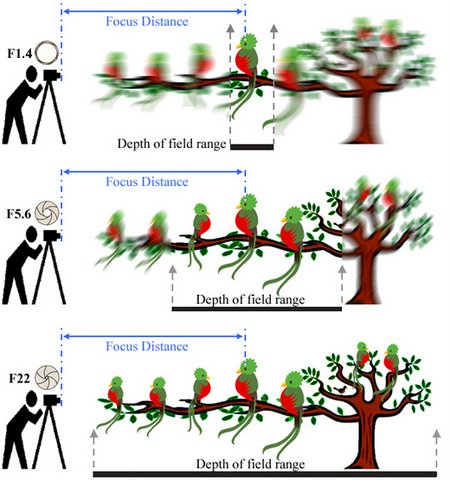 Your eye is like a camera, and like a camera, it has a limited depth of field (focus on something up close and the distance stuff goes blurry, and vice versa). Your eye can only offer sharp focus on an specific range of distance called depth of field. (and while squinting can temporarily help by reducing the aperture like the iris of a camera, it also reduces field of view which is bad for a defense situation)
Your eye is like a camera, and like a camera, it has a limited depth of field (focus on something up close and the distance stuff goes blurry, and vice versa). Your eye can only offer sharp focus on an specific range of distance called depth of field. (and while squinting can temporarily help by reducing the aperture like the iris of a camera, it also reduces field of view which is bad for a defense situation)
We are going to discuss this in application of sight picture (if you don’t know what sight picture is, you need to take my basics class before you go any further … if you don’t know this one, there is likely more stuff you need to know that you don’t)
Since your eye cannot keep things in focus that are at different distances at the same time, that means we have to pick the most important object of the three to have in focus (and let the other two be a little blurry)
- rear sights
- front sight
- target
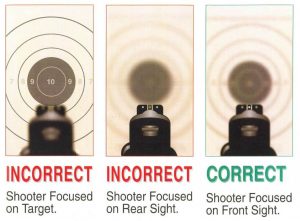
We want the front sight in sharpest focus (it’s the happy medium of all three and ensures the best accurate shot). The question is: “Are you only looking at the front sight or really focusing on it?”
Let me illustrate … directly below is a picture with lots of colored circles. As you move your eyes around, taking it all in, the circles seem to rotate, the more you move your eyes around, the more the movement appears (this is an optical illusion, there is no physical movement in the actual picture)
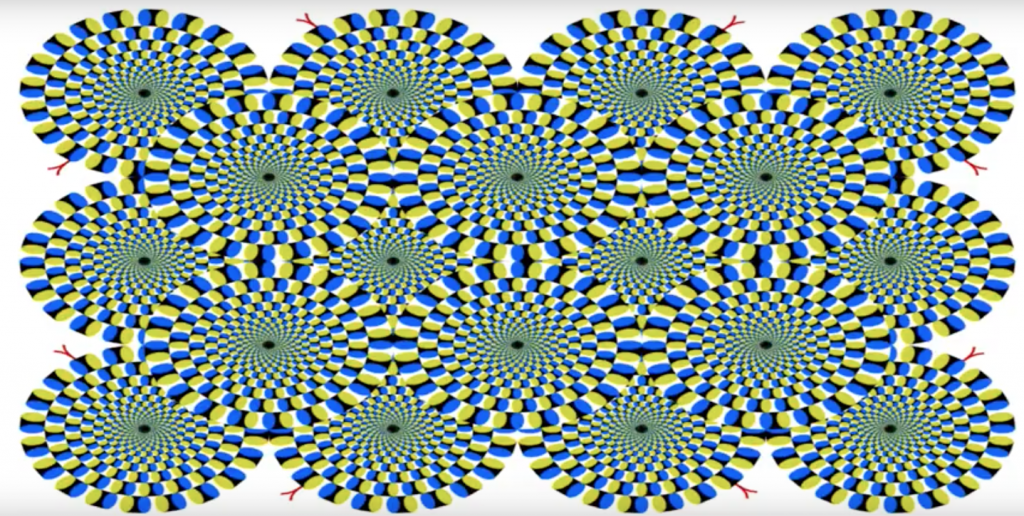
now let’s try the same picture but with a focal point for your eye.
(I’m going to put a sight aligntment picture in front of the background, a pistol)
The more you focus on the front sight (and nothing else) and we are talking “focus on the front sight as if you had a laser beam coming out of your eyes” you will notice that the background movement stops.
As soon as you start looking around again, the movement resumes.
(it might take you anywhere from 15 – 30 seconds of “laser focus” to get used to the control of not moving your focal point)
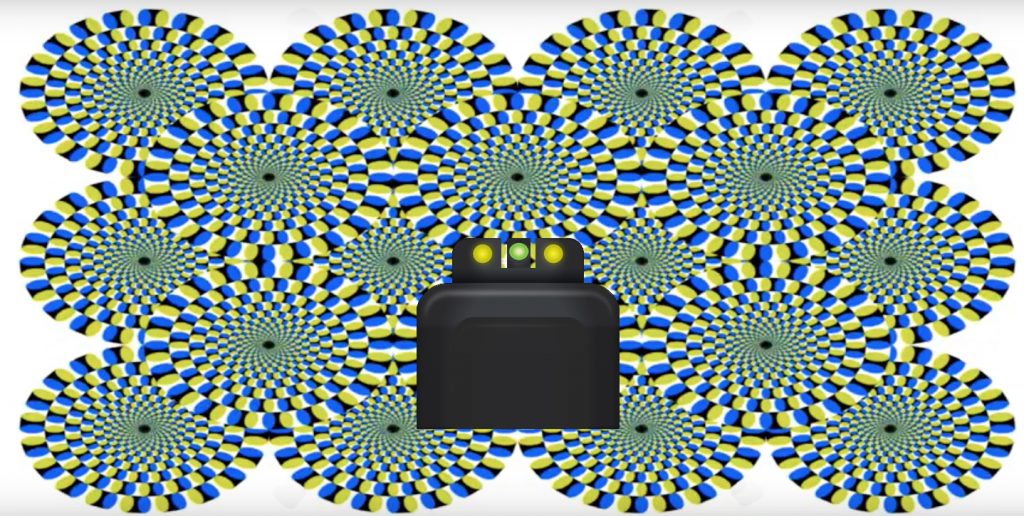
Once you train yourself to have this type of focus, it’ll become easier to be aware of things in your peripheral vision without taking your focus off the front sight.
bear in mind that this technique only helps when the shooter has learned to shoot with their dominant eye (and ignore the blurred side image from the non-dominant eye). You may need to start by closing the non-dominant eye until you teach your brain this focus skill, then reintroducing the alternate view from the non-dom eye. Otherwise, you end up looking crosseyed at the front sight and seeing two targets.
- groups will tighten up
- closer to bullseye (as long as you are not violating the other foundational skills)
- consistent groups will also allow for faster shooting and less drifting


